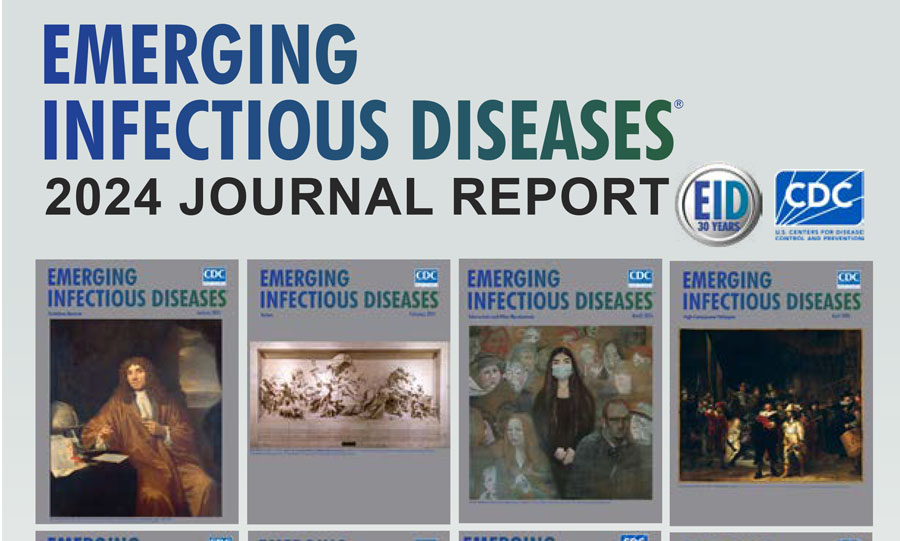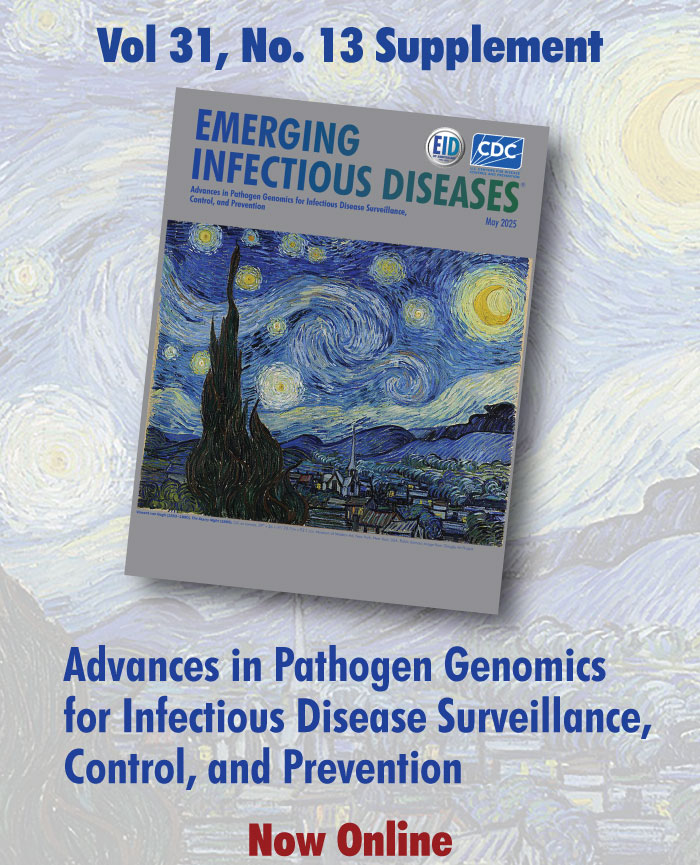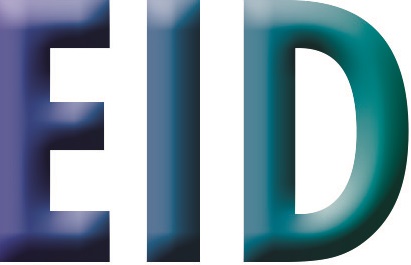Online Reports
Volume 27—2021
Volume 27, Number 10—October 2021
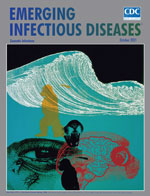
Proactive Engagement of the Expert Meeting in Managing the Early Phase of the COVID-19 Epidemic, Japan, February–June 2020
To deal with the risk of emerging diseases with many unknowns, close and timely collaboration and communication between science experts and policymakers are crucial to developing and implementing an effective science-based intervention strategy. The Expert Meeting, an ad hoc medical advisory body, was established in February 2020 to advise Japan’s COVID-19 Response Headquarters. The group played an important role in the policymaking process, promoting timely situation awareness and developing science-based proposals on interventions that were promptly reflected in government actions. However, this expert group may have been overly proactive in taking on the government’s role in crisis management. For the next stage of managing the coronavirus disease pandemic and future pandemics, the respective roles of the government and its advisory bodies need to be clearly defined. Leadership and strategic risk communication by the government are key.
| EID | Saito T, Muto K, Tanaka M, Okabe N, Oshitani H, Kamayachi S, et al. Proactive Engagement of the Expert Meeting in Managing the Early Phase of the COVID-19 Epidemic, Japan, February–June 2020. Emerg Infect Dis. 2021;27(10):1-9. https://doi.org/10.3201/eid2710.204685 |
|---|---|
| AMA | Saito T, Muto K, Tanaka M, et al. Proactive Engagement of the Expert Meeting in Managing the Early Phase of the COVID-19 Epidemic, Japan, February–June 2020. Emerging Infectious Diseases. 2021;27(10):1-9. doi:10.3201/eid2710.204685. |
| APA | Saito, T., Muto, K., Tanaka, M., Okabe, N., Oshitani, H., Kamayachi, S....Wakita, T. (2021). Proactive Engagement of the Expert Meeting in Managing the Early Phase of the COVID-19 Epidemic, Japan, February–June 2020. Emerging Infectious Diseases, 27(10), 1-9. https://doi.org/10.3201/eid2710.204685. |
Volume 27, Number 9—September 2021
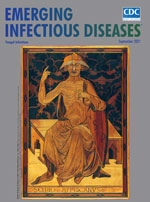
SARS-CoV-2 Wastewater Surveillance for Public Health Action
Wastewater surveillance for severe acute respiratory syndrome coronavirus 2 (SARS-CoV-2) has garnered extensive public attention during the coronavirus disease pandemic as a proposed complement to existing disease surveillance systems. Over the past year, methods for detection and quantification of SARS-CoV-2 viral RNA in untreated sewage have advanced, and concentrations in wastewater have been shown to correlate with trends in reported cases. Despite the promise of wastewater surveillance, for these measurements to translate into useful public health tools, bridging the communication and knowledge gaps between researchers and public health responders is needed. We describe the key uses, barriers, and applicability of SARS-CoV-2 wastewater surveillance for supporting public health decisions and actions, including establishing ethics consideration for monitoring. Although wastewater surveillance to assess community infections is not a new idea, the coronavirus disease pandemic might be the initiating event to make this emerging public health tool a sustainable nationwide surveillance system, provided that these barriers are addressed.
| EID | McClary-Gutierrez JS, Mattioli MC, Marcenac P, Silverman AI, Boehm AB, Bibby K, et al. SARS-CoV-2 Wastewater Surveillance for Public Health Action. Emerg Infect Dis. 2021;27(9):1-8. https://doi.org/10.3201/eid2709.210753 |
|---|---|
| AMA | McClary-Gutierrez JS, Mattioli MC, Marcenac P, et al. SARS-CoV-2 Wastewater Surveillance for Public Health Action. Emerging Infectious Diseases. 2021;27(9):1-8. doi:10.3201/eid2709.210753. |
| APA | McClary-Gutierrez, J. S., Mattioli, M. C., Marcenac, P., Silverman, A. I., Boehm, A. B., Bibby, K....McLellan, S. L. (2021). SARS-CoV-2 Wastewater Surveillance for Public Health Action. Emerging Infectious Diseases, 27(9), 1-8. https://doi.org/10.3201/eid2709.210753. |
Volume 27, Number 6—June 2021
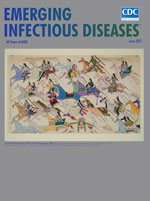
Proposal for Human Respiratory Syncytial Virus Nomenclature below the Species Level
Human respiratory syncytial virus (HRSV) is the leading viral cause of serious pediatric respiratory disease, and lifelong reinfections are common. Its 2 major subgroups, A and B, exhibit some antigenic variability, enabling HRSV to circulate annually. Globally, research has increased the number of HRSV genomic sequences available. To ensure accurate molecular epidemiology analyses, we propose a uniform nomenclature for HRSV-positive samples and isolates, and HRSV sequences, namely: HRSV/subgroup identifier/geographic identifier/unique sequence identifier/year of sampling. We also propose a template for submitting associated metadata. Universal nomenclature would help researchers retrieve and analyze sequence data to better understand the evolution of this virus.
| EID | Salimi V, Viegas M, Trento A, Agoti CN, Anderson LJ, Avadhanula V, et al. Proposal for Human Respiratory Syncytial Virus Nomenclature below the Species Level. Emerg Infect Dis. 2021;27(6):1-9. https://doi.org/10.3201/eid2706.204608 |
|---|---|
| AMA | Salimi V, Viegas M, Trento A, et al. Proposal for Human Respiratory Syncytial Virus Nomenclature below the Species Level. Emerging Infectious Diseases. 2021;27(6):1-9. doi:10.3201/eid2706.204608. |
| APA | Salimi, V., Viegas, M., Trento, A., Agoti, C. N., Anderson, L. J., Avadhanula, V....Buchholz, U. J. (2021). Proposal for Human Respiratory Syncytial Virus Nomenclature below the Species Level. Emerging Infectious Diseases, 27(6), 1-9. https://doi.org/10.3201/eid2706.204608. |
